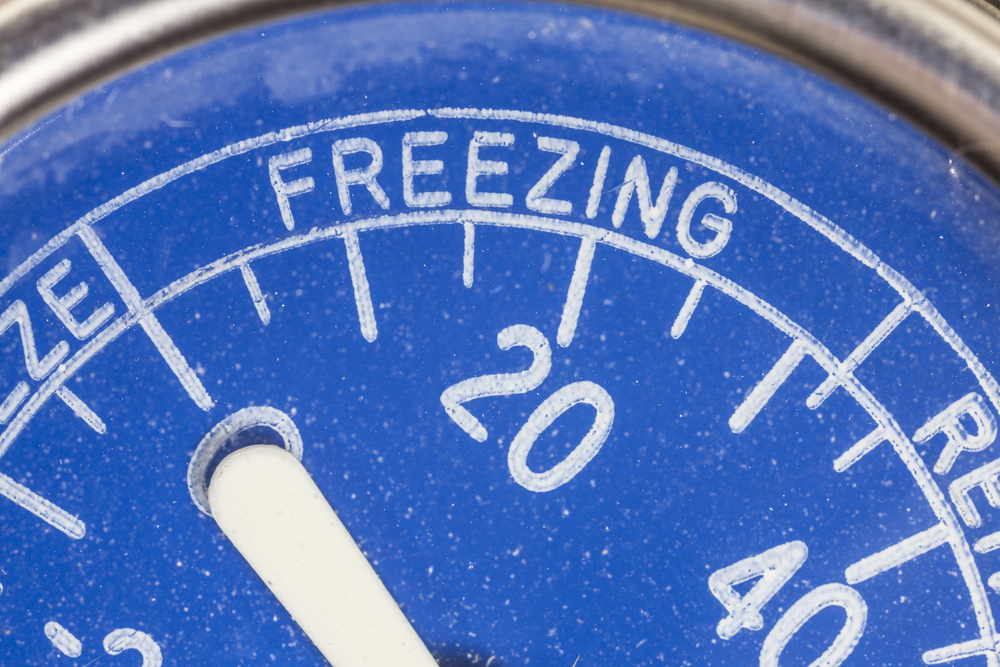
A big part of operating a successful commercial kitchen is adhering to all food safety requirements. One aspect of food safety that goes overlooked at times is setting the refrigerators and freezers to the right temperature. Even private residences may store items at the wrong temperature and potentially cause harm to the food and those who consume it later.
To ward against these ill effects, the U.S. Department of Agriculture (USDA) has set guidelines on the matter. As part of the department’s mission toward food safety, the Food Safety and Inspection Service Agency was created along with several other measures to protect the public’s health from improperly handled or stored food. Put simply, the USDA provides leadership as well as the latest information and advice on effective management regarding food and nutritional standards.
Below, we’ll go over the USDA’s recommendations and the importance of following proper food safety and freezer temperature settings, both at home and at work.
USDA Freezer Temperature Guidelines
To prevent spoilage and foodborne illnesses, the USDA recommends a minimum of zero degrees Fahrenheit (or -17.8 degrees Celsius) as a safe freezer temperature. Additionally, the freezer needs to be suitably maintained to avoid unintended thawing. If using a combination refrigerator-freezer, consumers should know the freezer may not keep it that cold or effectively maintain the optimal temperature. However, as long as the items are frozen solid, they will remain safe to consume.
The Risks of Improper Food Storage
As mentioned above, a setting that’s too high and doesn’t meet the right food safety freezer temperature requirements could have negative impacts on the food stored inside. The main concern is contamination. As bacteria infest the food and multiply, it leads to spoilage. Even if these spoiled foods can be consumed, they are typically too unappetizing to eat. This leads to food waste as well as wasted money.
There are also certain illness-causing microorganisms that increase the risk for foodborne illnesses. Certain yeasts, molds, and bacteria can make someone who eats or even handles the infected food sick. Such illness could go beyond food poisoning as mold can produce toxins in the digestive system causing gastrointestinal illness or even contributing to the development of certain cancers.
Tips for Safely Storing Food in the Freezer
- Select a safe freezer temp of zero F or below.
- Invest in a freezer thermometer in case of power outage and to keep track of equipment performance.
- Clean the fan regularly to maintain optimal air circulation.
- Defrost and clean the freezer as needed, for example, in the event of spilled juices from raw meat.
- Do not freeze shelled eggs or cans.
- Wrap items in packaging designed for freezer use.
- Label food with the contents and frozen date to minimize freezer burn.
- Inspect food for torn or broken packaging, signs of leakage, etc.
- Follow food safety guidelines for defrosting/thawing.
- When in doubt, throw it out.
Ensure the Food You Serve Is Always Fresh and Safe with Proper Freezing and Refrigeration
If your equipment isn’t maintaining temperature and putting you, the family, or your customers at risk, it’s time for an upgrade. Here at Iron Mountain Refrigeration & Equipment, we have a wide range of commercial and residential appliances to suit your needs. You can rely on our top-quality equipment to meet all your frozen food storage temperature demands. Whether you run a first-class restaurant, mom-and-pop shop or want to set up a top-of-the-line home bar, we’ve got you covered.
Browse all products to find what you’re looking for or get in touch today to learn more about what sets us apart — such as our outstanding customer service!

















